Premium Only Content
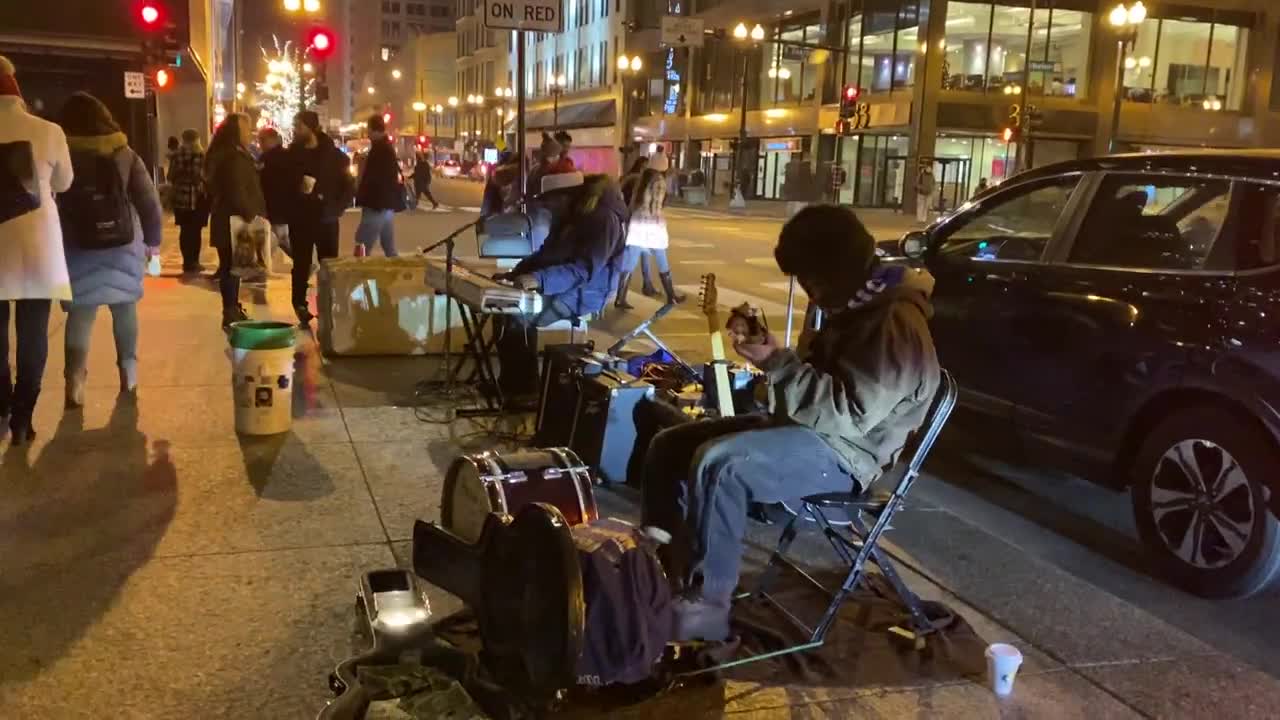
Amazing Street Blues in Chicago
Awesome Street Performance by Show Time Blues Band in downtown Chicago in december 2019
A Little bit of History
Urban blues evolved from classic blues following the Great Migration, or the Great Northern Drive, which was both forced and voluntary at times, of African Americans from the southern U.S. to the industrial cities of the north, such as Chicago. Big Bill Broonzy and Muddy Waters directly joined that migration, like many others, avoiding the more harsh southern Jim Crow laws. Bruce Iglauer, founder of Alligator Records stated that, \"Chicago blues is the music of the industrial city, and has an industrial sense about it.\" Additionally, recognizing the shift in blues, Chicago blues singer and guitarist Kevin Moore expressed the blues transition stating, \"You have to put some new life into it, new blood, new perspectives. You can't keep talking about mules, workin' on the levee.\"[1] Chicago blues was heavily influenced by Mississippi bluesmen who traveled to Chicago in the early 1940s. The development of blues, up to Chicago blues, is arguably as follows: Country blues, to city blues, to urban blues. Chicago blues is based on the sound of the electric guitar and the harmonica, with the harmonica played through a PA system or guitar amplifier, both heavily amplified and often to the point of distortion, and a rhythm section of drums and bass (double bass at first, and later electric bass guitar) with piano depending on the song or performer.
Urban blues started in Chicago and St. Louis, as music created by part-time musicians playing as street musicians, at rent parties, and other events in the black community. For example, bottleneck guitarist Kokomo Arnold was a steelworker and had a moonshine business that was far more profitable than his music.
Maxwell Street blues performers and onlookers circa 1950
An early incubator for Chicago blues was the open-air market on Maxwell Street, one of the largest open-air markets in the nation. Residents of the black community would frequent it to buy and sell just about anything. It was a natural location for blues musicians to perform, earn tips, and jam with other musicians. The standard path for blues musicians was to start out as street musicians and at house parties and eventually make their way to blues clubs. The first blues clubs in Chicago were mostly in predominantly black neighborhoods on the South Side, with a few in the smaller black neighborhoods on the West Side. New trends in technology, chaotic streets and bars adding drums to an electric mix, gave birth to a new club culture. One of the most famous was Ruby Lee Gatewood's Tavern, known by patrons as \"The Gates\". During the 1930s virtually every big-name artist played there.
What drove the blues to international influence was the promotion of record companies such as Paramount Records, RCA Victor, and Columbia Records.[4] Through such record companies Chicago blues became a commercial enterprise. The new style of music eventually reached Europe and the United Kingdom. In the 1960s, young British musicians were highly influenced by Chicago blues resulting in the British blues movement.
wikipedia
-
 LIVE
LIVE
Dear America
9 hours agoTrump Puts China On An Island, Brings Xi Jinping To His Knees + Tampon Tim Gets BOOED By Veterans!
3,632 watching -
 LIVE
LIVE
Wendy Bell Radio
4 hours agoTrump Wins Again
7,532 watching -
 1:26:51
1:26:51
JULIE GREEN MINISTRIES
2 hours agoLIVE WITH JULIE
54.8K108 -
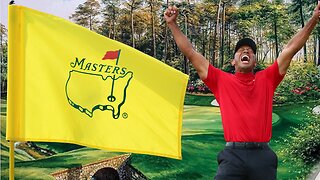 1:25:49
1:25:49
Game On!
17 hours ago $2.34 earnedThe Masters 2025 is HERE!
10K -
 LIVE
LIVE
Canada Strong and Free Network
1 hour agoCanada Strong and Free Network
107 watching -
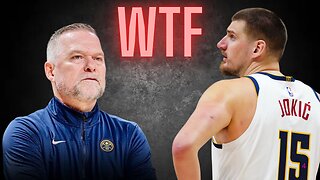 8:33
8:33
SKAP ATTACK
16 hours ago $1.31 earnedWhat Went Wrong With the Nuggets
11.7K4 -
 23:51
23:51
JasminLaine
15 hours agoCBC STUNNED Into Silence as Carney PANICS—Defends Bill C-69 and His Foreign Profits
12.6K22 -
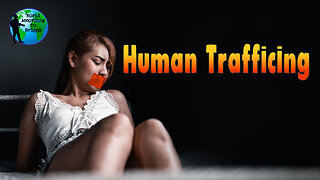 17:25
17:25
World2Briggs
13 hours ago $1.71 earnedThe Dark Reality Of Human Trafficking In The United States
10.6K11 -
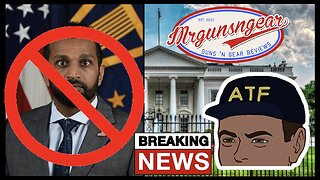 4:31
4:31
Mrgunsngear
15 hours ago $3.95 earnedBreaking: Kash Patel No Longer ATF Director! Replacement Has Been Named
13.7K12 -
 43:42
43:42
Esports Awards
23 hours agoAustinJohnPlays on Pokémon Card Collection & Evolution of YouTube | Origins Podcast #2
10.1K